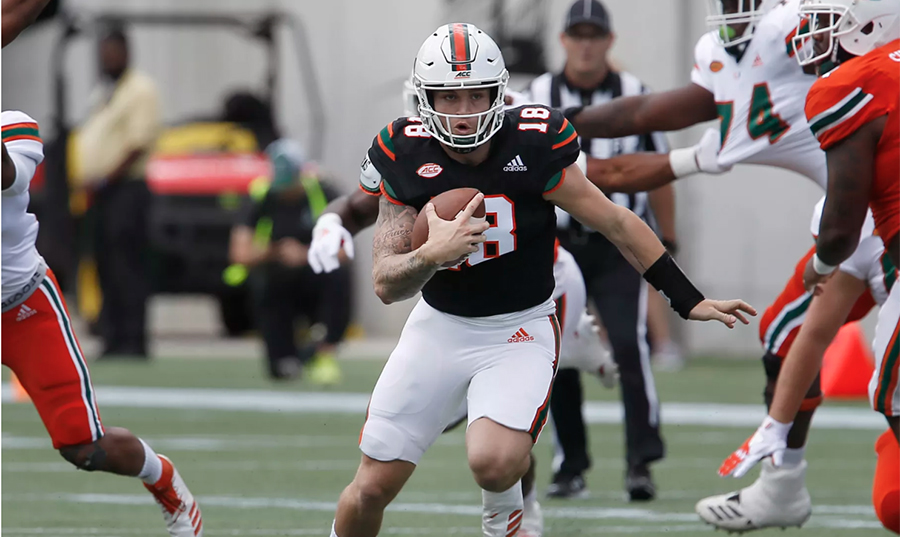The NCAA Council approved a phased plan that, barring further complications of the coronavirus pandemic, will allow the 2020 college football season to start on time.
The Council met virtually Wednesday, June 17.
“The Football Oversight Committee worked hard to create a model that balances the proper precautions due to the COVID-19 pandemic with the need for an acclimatization period to safely return to play,” said Council chair M. Grace Calhoun, athletics director at Pennsylvania, in a statement. “The Council members believe approving this model is a positive step forward for the sport.”
Assuming a school’s first scheduled football contest is on Saturday, September 5, schools may conduct up to eight hours of weight training, conditioning and film review per week (with not more than two hours of film review per week) from July 13-23.
Then, from July 24 through August 6, schools may conduct up to 20 hours of countable athletically related activities per week (not more than four hours per day) as follows:
- Up to eight hours per week for weight training and conditioning;
- Up to six hours per week for walk-throughs, which may include the use of a football; and
- Up to six hours per week for meetings, which may include film review, team meetings, position meetings, one-on-one meetings, etc.
During this 14-day period, student-athletes are required to get at least two days off. The model does not make any adjustments to the legislated 29-day preseason practice period.
The NCAA Council also adopted measures for both men’s and women’s basketball to engage in summer team activities. The plan extends the current rule, which allows voluntary athletics activities and up to eight hours of virtual nonphysical activities through July 19. The Council will discuss whether additional activities should be allowed in that period at a meeting within the next few weeks.
Beginning July 20, required summer athletics activities may begin and can last up to eight weeks or until the school’s first day of classes or September 15, whichever is earlier.
“The Council worked to balance the desire to get student-athletes training again with the need to repopulate our campuses and athletics facilities gradually and safely, within all campus, local and state mandates,” said Calhoun.
Photo courtesy USA Today Sports















